Text: Jillian Billard
Photo: Olimpia Dior
As part of the New Bohemia series at the Czech Center, MUSE/MUSE features artists selected by ten curators from across the globe. The intention of the show is to highlight the intimate relationship between curator and artist; and how the two affect and inspire one another.Orchestrated by artist/curator Marie Tomanova and art historian Thomas Beachdel; the show posits this relationship as “maybe not rational, maybe not distinct or evident…but it is transformative, in both ways––curator, artist––artist, curator––and then it veers toward us, the viewer.”
The majority of the curators are artists themselves, so their approach in selecting another artist’s work incites a tacit dialogue between these two minds and sensibilities, adding a layer of depth to the works. Traditionally, the idea of a muse is one-sided; one is objectified and the other inspired. But Tomanova and Beachdel posit a different approach. In the press release, Beachdel writes that “while the trope of the artist and muse evokes a dusty and nostalgic image of classical inspiration…as in the idea of bohemian artists working all night high in a garret under the almost divine inspiration of genius and ego, this show refocuses the concept of muse to directly display the real, transformative, and raw link between curator and artist, between artist and curator.” He resists drawing an obvious reference to the prevalence and effects of digital technology and social media in the contemporary age as the root for this lexical evolve––and highlights instead the intimate, non-virtual interactions that occur when putting together a show.
The show features ten curators: Thomas Beachdel, Theophilos Constantinou, Antonia Marsh, India Salvor Menuez, Michal Nanoru, Lissa Rivera, Jo Rosenthal, Richie Shazam, David C. Terry, and Marie Tomanova. Each curator selected an artist (or multiple artists) to include in the show, respectively: Aaron Young, Nemo Librizzi, Grace Ahlbom, Jahmal B. Golden, Dušan Tománek, Naomi Okubo, VirtuosoVirtuoso Zine (the artists featured are listed further down), Theresa Chromati, Martine Gutierrez, Jaime Warren, and Pixy Liao.
We spoke with some of the participants about their contributions to the show.
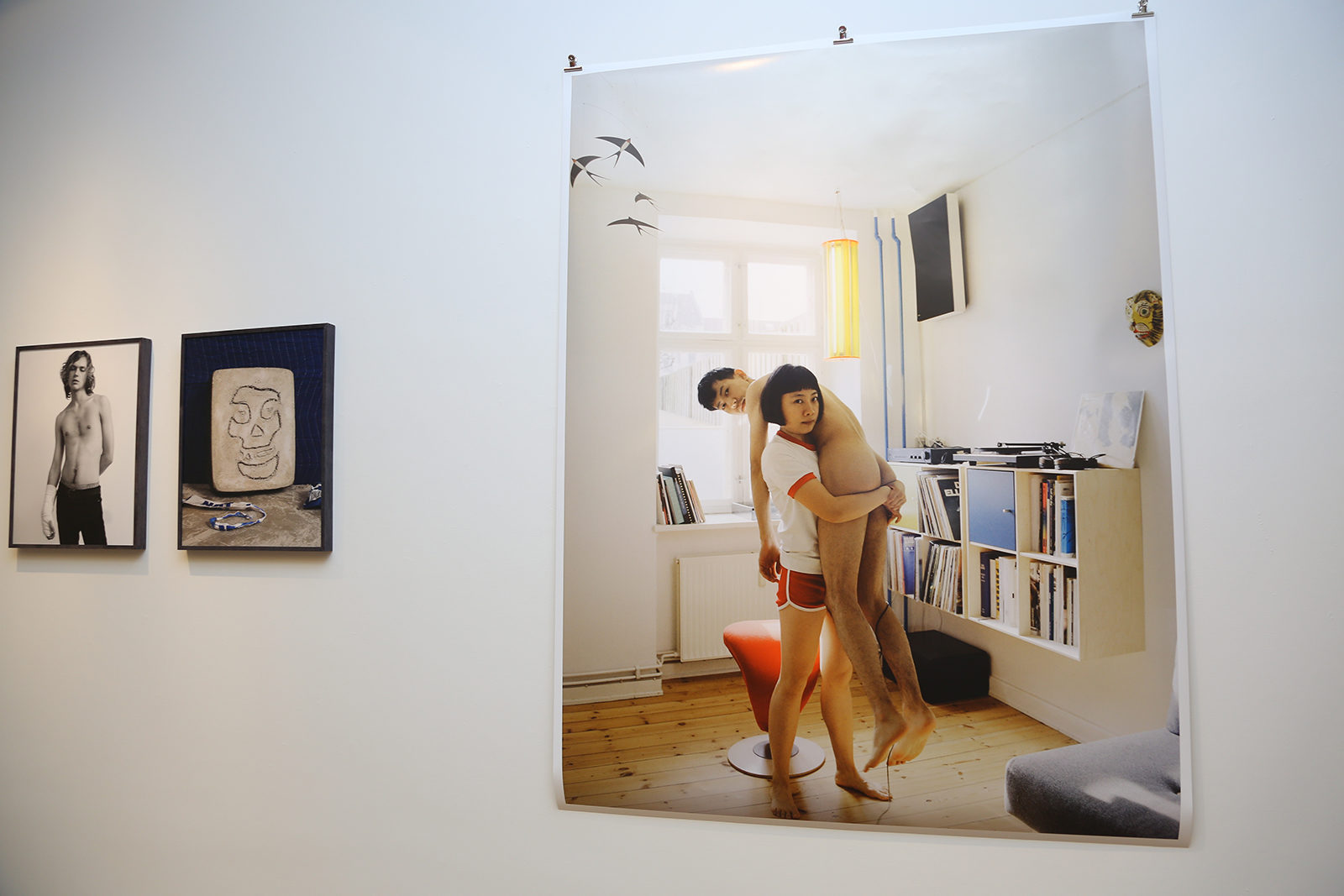
MARIE TOMANOVA / PIXY LIAO
What inspired you to put this show together? What drew you to the Czech Center?
Marie: The Czech Center New York is a very dear spot to me because it is a piece of my home country right in the heart of NYC. Czech Center founded The Bohemian Creative Hub, which is a program dedicated to supporting working artists and fostering public engagement with the creative process. And part of that program is the New Bohemia Exhibition Series created to support young artists and cross-cultural exchange. “Muse Muse” is a part of that series, for which we also helped organize Youth Explosion: The New Bohemia in July 2016, and Baby I Like It Raw: Post-Eastern Bloc Photography and Video in March 2017.
When we started to think about this exhibition we wanted to celebrate the 100 year anniversary of the first Czechoslovak Republic and the new democratic ideals. This is why we decided to invite multiple curators to each choose artist to include in the show to emphasize the many voices of a Republic versus the singular voice of a Monarch. The show examines the transformation of identity and self against the background of post 1918 political and social change reflected in the shift initiated by the First Republic. Stressing the freedom of a multiplicity of voices and viewpoints, the inclusion of multiple curators mirrors a democratic vision centered around the theme of creating and celebrating new identities. In a word, this show is about freedom.
The show highlights a multiplicity of voices and viewpoints. How did you go about choosing curators, who in turn chose a beautifully diverse range of voices?
Marie: When we started to put this show together we talked to our friends who are curators and asked which artists they would like to include. It was a nice process of creating connections and new friendships as many of the artists in the show are new to us. It is what I like about curating the most––to have a chance to make a platform where people meet and create new relationships.
What does the title of the show, “MUSE/MUSE” signify to you? In my interpretation, it represents a symbiotic relationship between the artist and curator, in which each acts as a muse for the other. Was this a consideration in putting this show together, and choosing a title?
Marie: At the very beginning of this show ,we were working with a different title “Against a Grain: New Bohemia, New Identities, New Selves,” which changed through the process of putting the show together to muse muse. It just became very obvious that the most important and significant theme was revolving around the relationship between artist and curator. It was precious and intimate process to begin to speak with curators and to see how they are invested with the artists they were including. It was inspiring to see that for these curators, it was not just to fit the theme, it was about bringing in artists that they believed in and with whom they have very meaningful relationships. It resonated on both sides with love and inspiration so the title muse muse became a clear choice. And as you say, it is a symbiotic relationship in which artist and a curator are a muse for the other.
How did you discover Pixy’s work? What drew you to her work?
Marie: I encountered Pixy’s work through the exhibition NSFW: Female Gaze at Museum of Sex that we are both part of. The exhibition was curated by Lissa Rivera, who we also invited as one of the curator’s of muse muse and I love everything Lissa does! I owe her big time for introducing and exposing me to so many great artists that I didn’t know before.
I met Pixy at one of the artists walks through the gallery and I fell in love. The way she talked about her work and how it relates and resonates with her life story was moving and very honest and real. I respect that. Her work is very personal and challenges stereotypes of gender roles and identity. My dream was to show large scale print of Pixy’s self-portrait from Experimental Relationship series and it all worked out! It is the first time this photograph is showing, so I am super excited!
Pixy, what were your considerations in choosing work to include in the show? Can you talk a little bit about the works?
Pixy: Marie made the final pick. This image in the show right now is one of my recent favorites. It was taken last year when we were traveling in Denmark. I really love the daylight in Denmark. It’s so beautiful when the light shines thru the window. I started working out about a year ago and I feel much healthier and stronger now. Being able to lift him up is a goal for me. But I still needed little help, so there was a stool behind me to help me get him on my shoulder first.
What is your experience of the relationship between curator and artist? How does each of your unique visions inspire the other?
Pixy: I got to know Marie through the group show “NSFW: Female Gaze” at Museum of Sex. We are both on the show. I instantly liked her work for the raw quality and naughty playfulness. So when she told me she’s curating this show and wanted to show my work, I felt really honored. Because I like her as an artist already. I think for me, it’s more than being picked by a curator, it’s more of a happiness of being chosen by an artist whose work you also like.
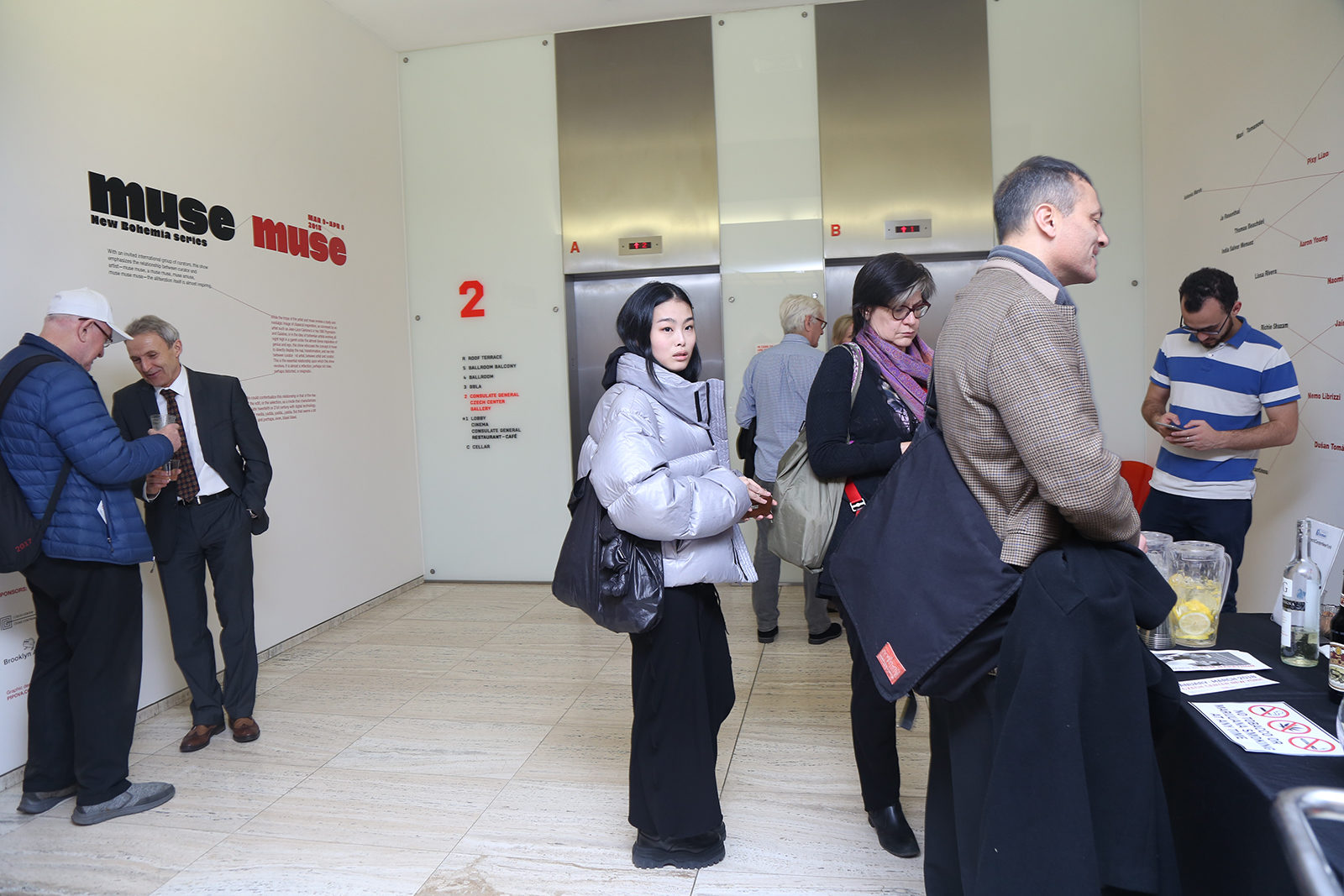
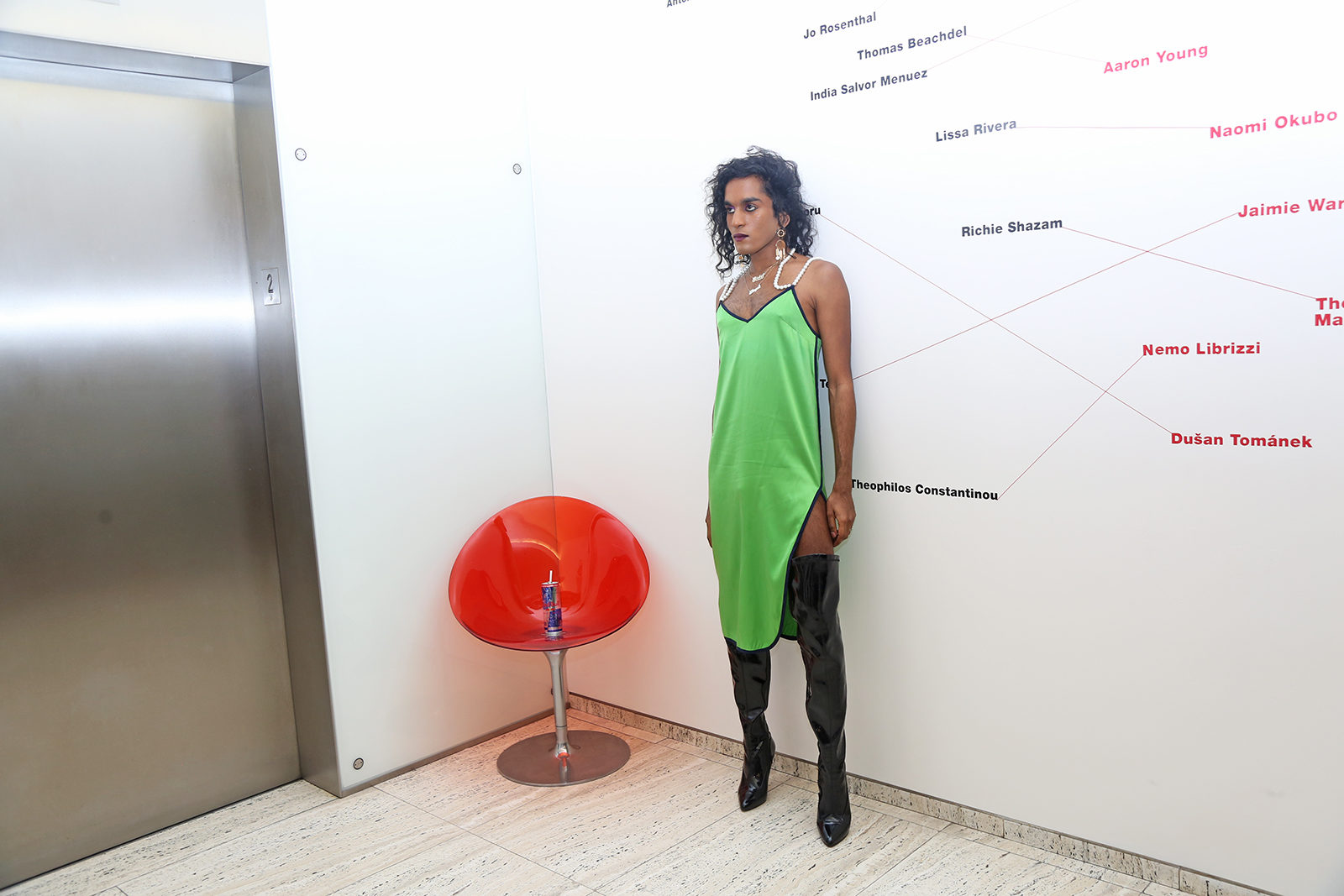
Stressing the freedom of a multiplicity of voices and viewpoints, the inclusion of multiple curators mirrors a democratic vision centered around the theme of creating and celebrating new identities. In a word, this show is about freedom.
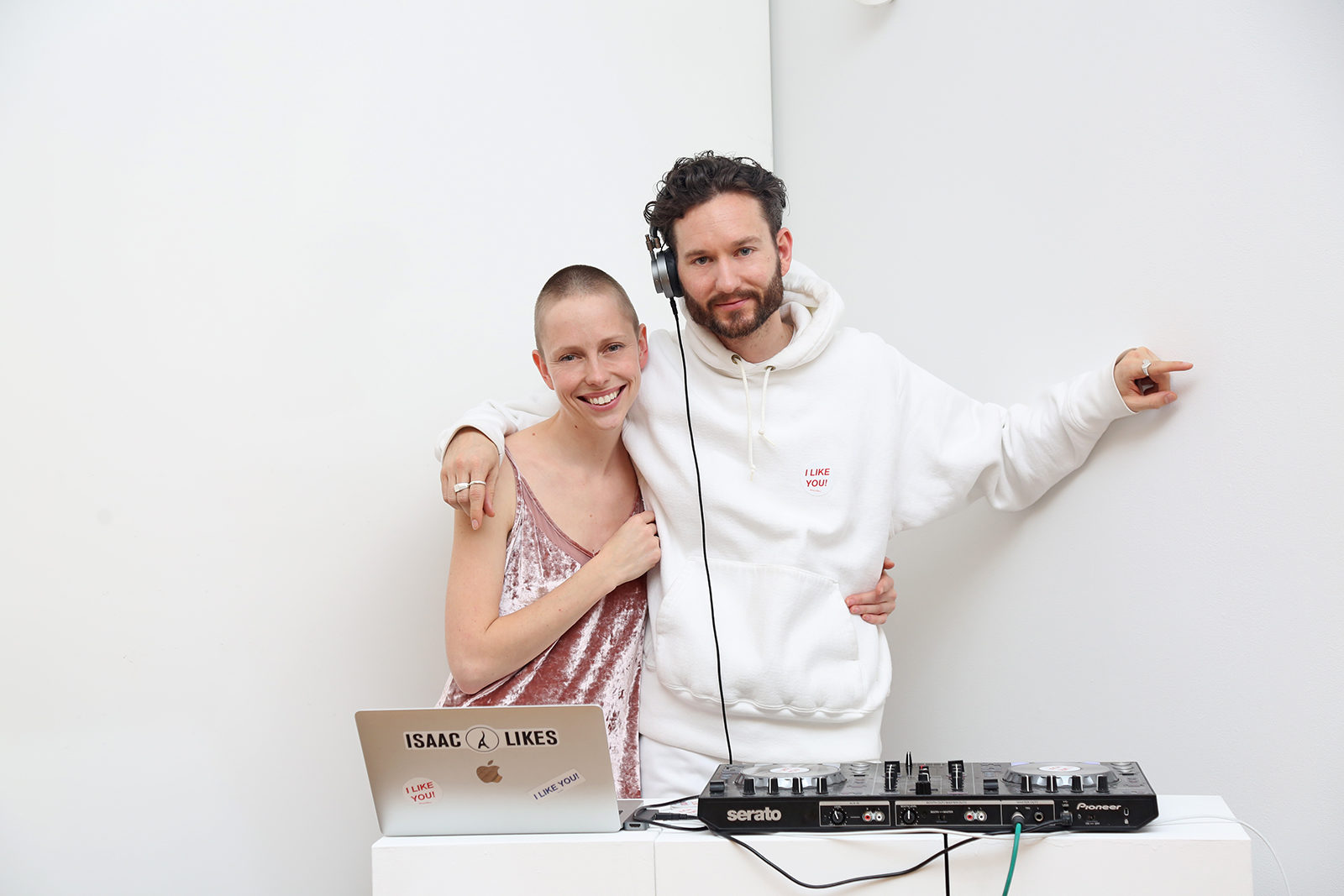
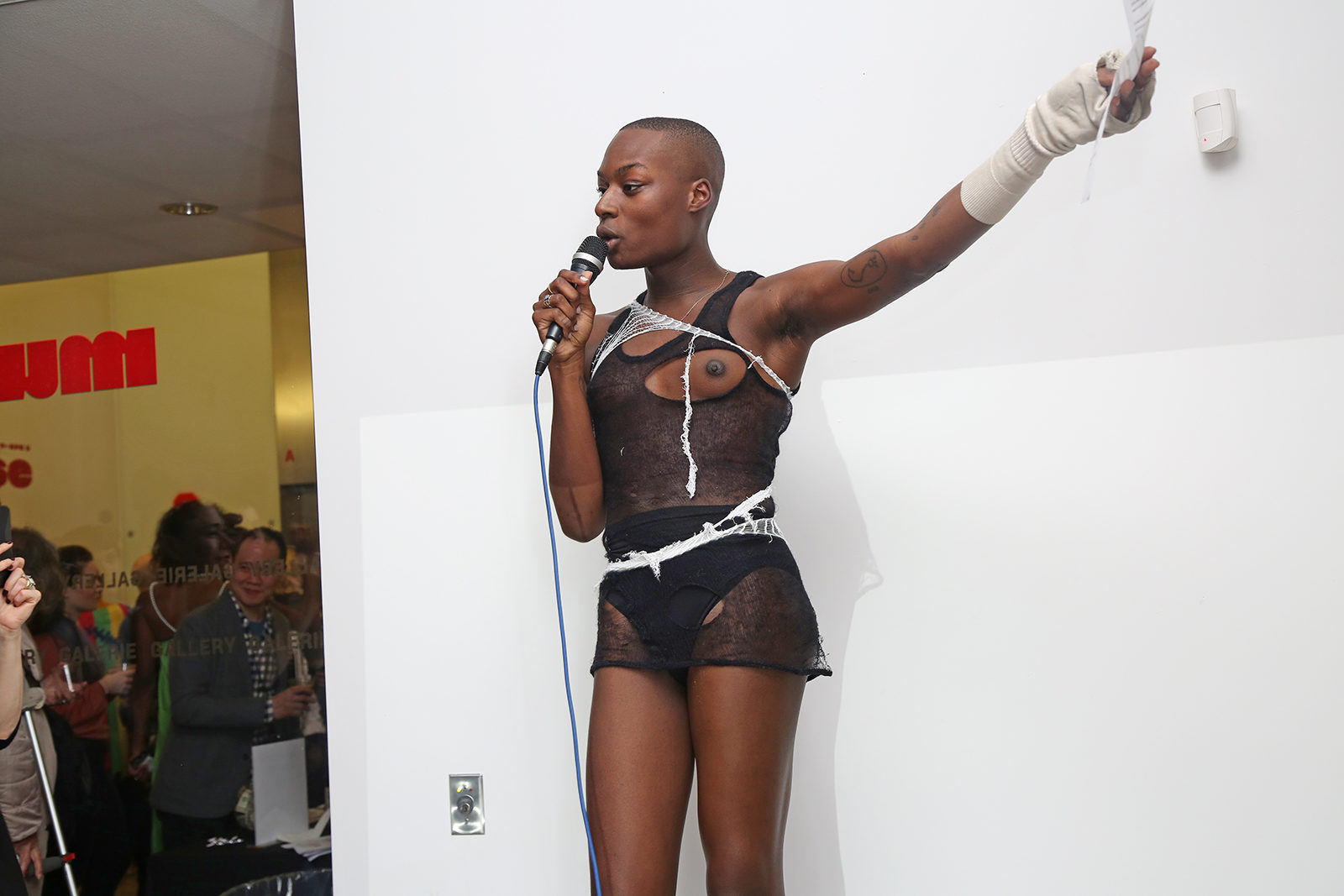
JAHMAL B. GOLDEN (curated by India Salvor Menuez)
Can you talk a bit about your performance LOOK AT ME WHEN I’M TALKING TO YOU? What was your experience of performing in this space?
Jahmal: LOOK AT ME WHEN I’M TALKING TO YOU is about how transactional the spectacle/spectator relationship is. It is the fifth performance I’ve done under the same name––I’m constantly rearranging it depending on who is in front of me. In the past I have made people look away from me based on their identities (white men look away, cis gays back up, black femmes come closer, etc).
Frankly, I didn’t know what to expect from the audience––I was uptown at a space where my body or culture was not inherently included, but then I thought, what the fuck else is new? Luckily I was amidst some extremely open-minded and supportive folks––specifically Marie, Thomas and Richie. I’m glad they made a literal space for me to build a shrine out of candy, my words and my body. I just can’t stress enough that the lives and art of black trans matters, and more generally, black femmes and their art matters.
What is your relationship with India, and how did you collaborate on selecting work to include in the show?
Jahmal: India is so magnetic and their enthusiasm/passion is infectious. I was thrilled to be considered by them––it makes me feel like they support not only my work but my space and also my life. That’s what a real curator should be doing.
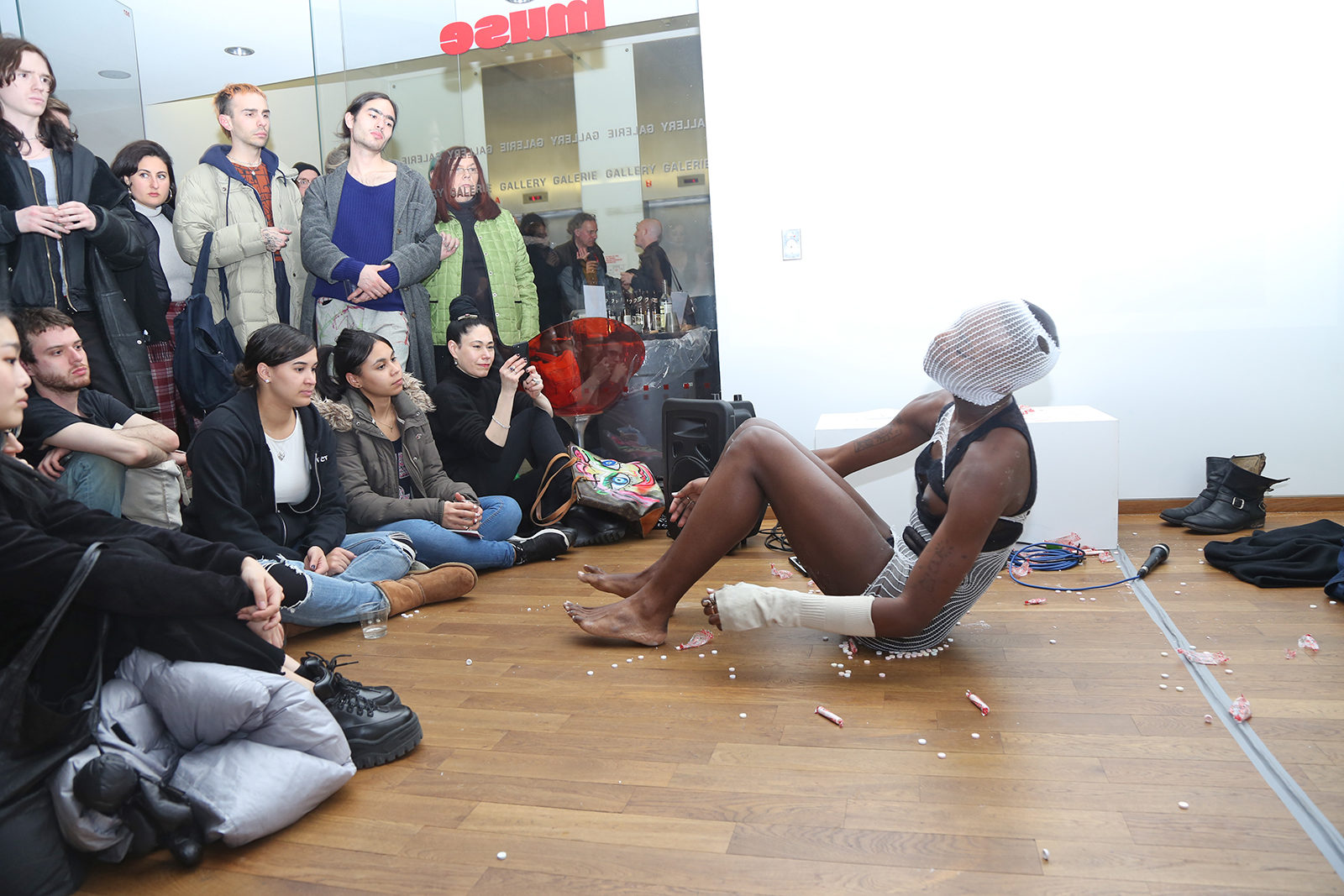
I was thrilled to be considered by them––it makes me feel like they support not only my work but my space and also my life. That's what a real curator should be doing.
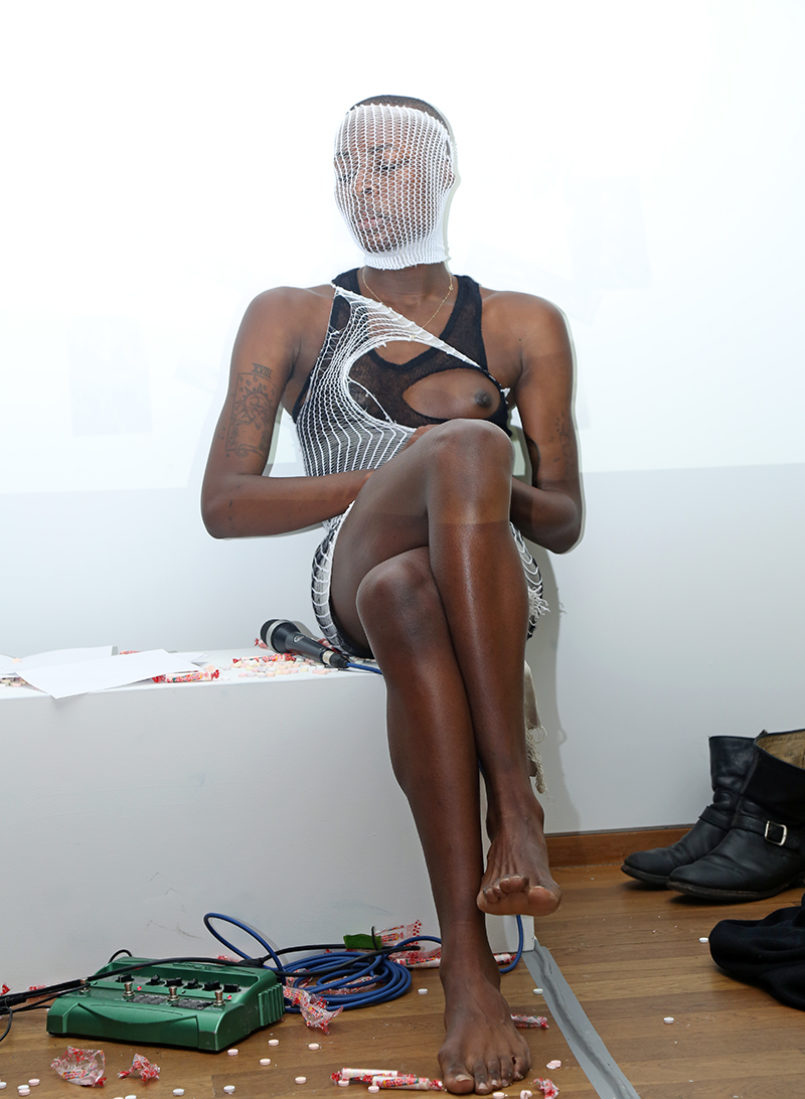
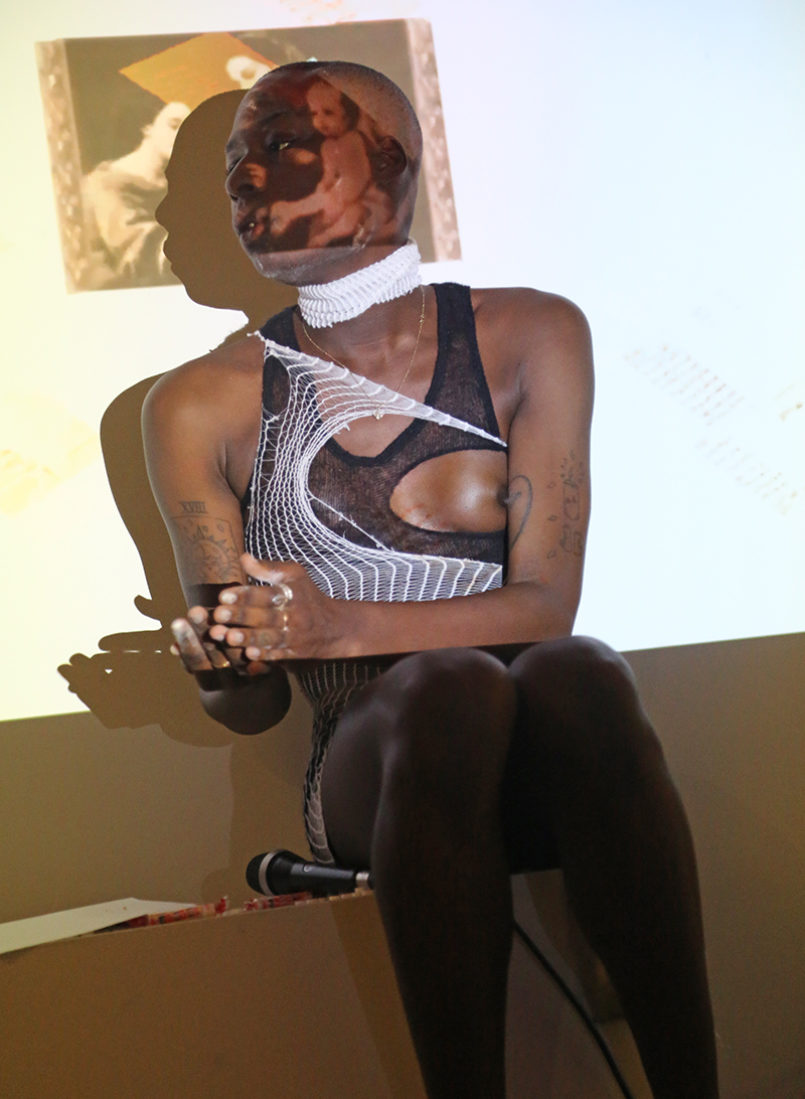
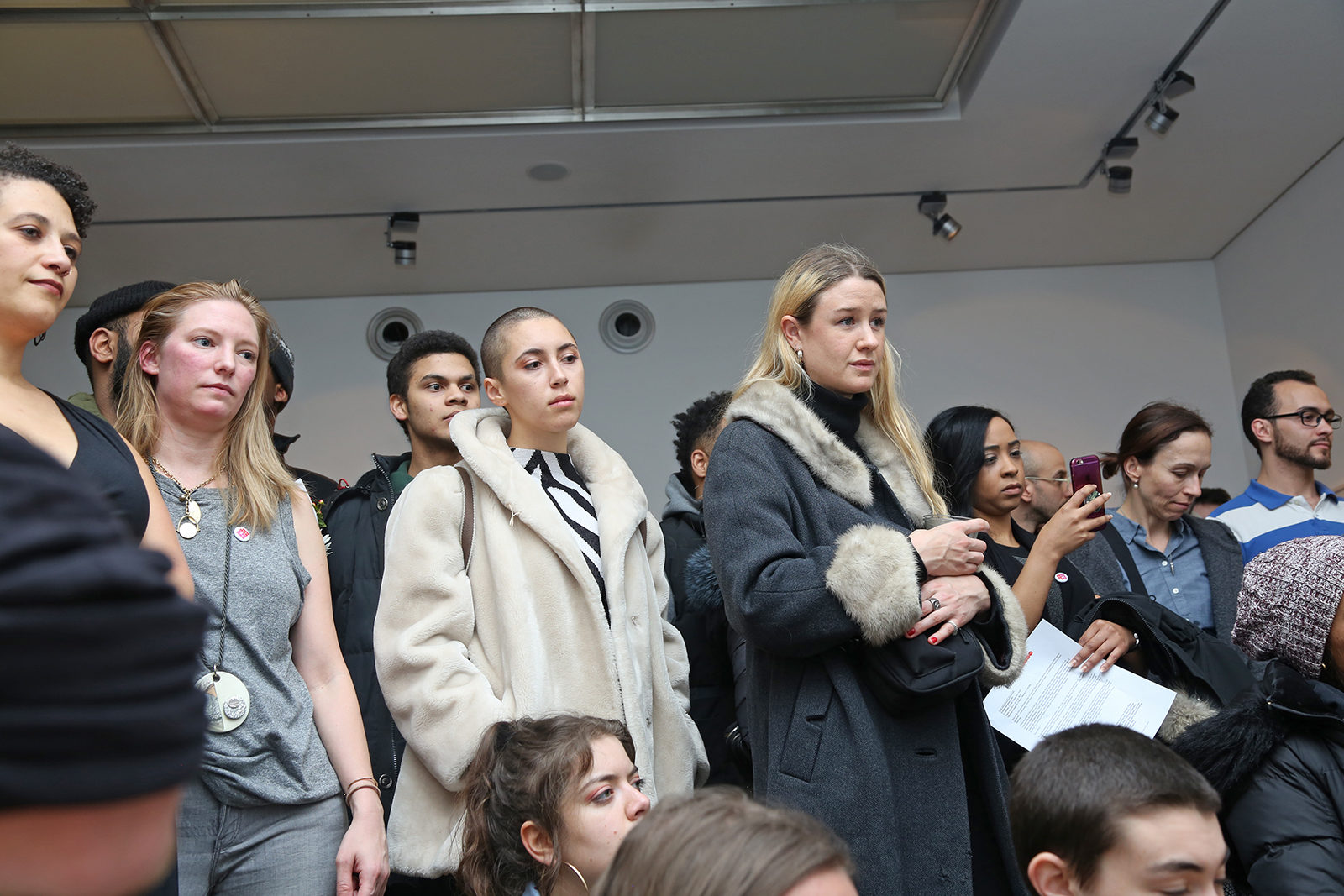
JO ROSENTHAL (curator of VirtuosoVirtuoso Zine, featuring the works of Medar de la Cruz, Kellian Delice, Emma Kohlmann, Mica Levine, Hayley Martell, Marian Martin, Ambar Navarro, Kat Rose, Emerson Rosenthal, Charlie Rubin, Leticia Sampedro, Shane Saunders, Andrea Sisson, Marie Tomanova, Amanda Wallace, Thomas Watkiss, Linda Yang, Yulia Zinshtein, Dale Zine)
What was your thought process behind including a zine, VirtuosoVirtuoso, for this show?
I wanted to put a spotlight on artists that are making really strong work and use the book as an archive of young people working really hard on their craft so that when we look back at this in 10, 20 or 30 years, we can see how their work has changed or stayed the same and how the artists have grown.
I specifically chose to work with artists who work extremely hard at their craft and challenge themselves everyday to think outside of their artistic medium. All of the people in this zine are artists who I truly believe deserve every success in their field. Most of these artists don’t know each other, yet they work together in such a cohesive way and that is the best thing that a curator or book maker can ask for.
What is your experience of the relationship between artist(s) and curator?
I simply put this book together by asking a large group of artists who I really admire to submit their work and design the layout based on what pieces of art would go best next to each other. As I mentioned, since most of the artists don’t know each other, I think their work is extremely strong next to each other and this was the first time I realized that you don’t have to work on a similar medium to make work that changes the way people think.
What was the process of putting this show together like for you?
I make books as my primary art practice, but I really wanted to take a step back and make it as little about me as possible. I did not put my name anywhere in the book for a reason because I really did not want it to be about me, I truly just wanted it to be about the artists who made this book the incredible piece of art that it is.
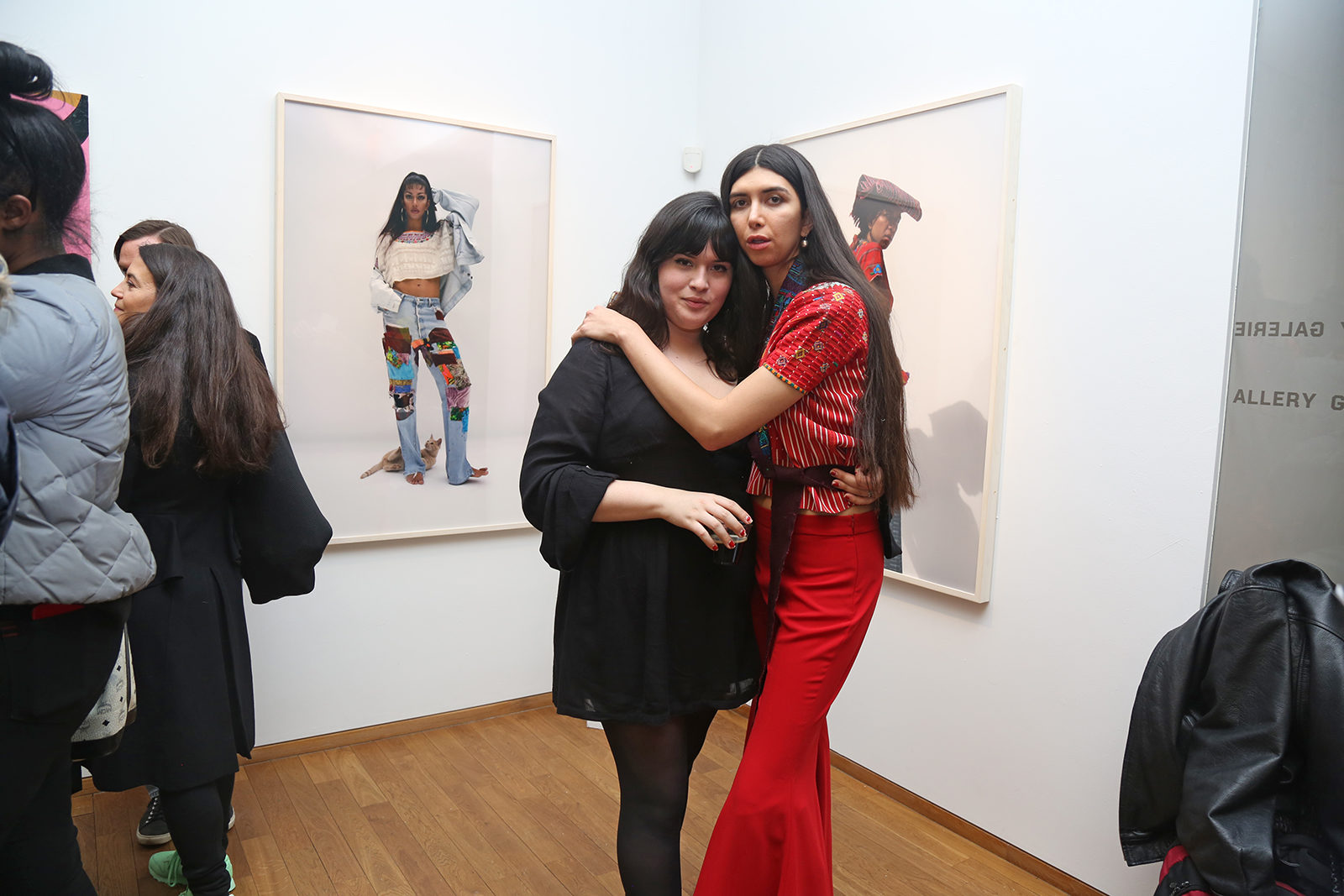
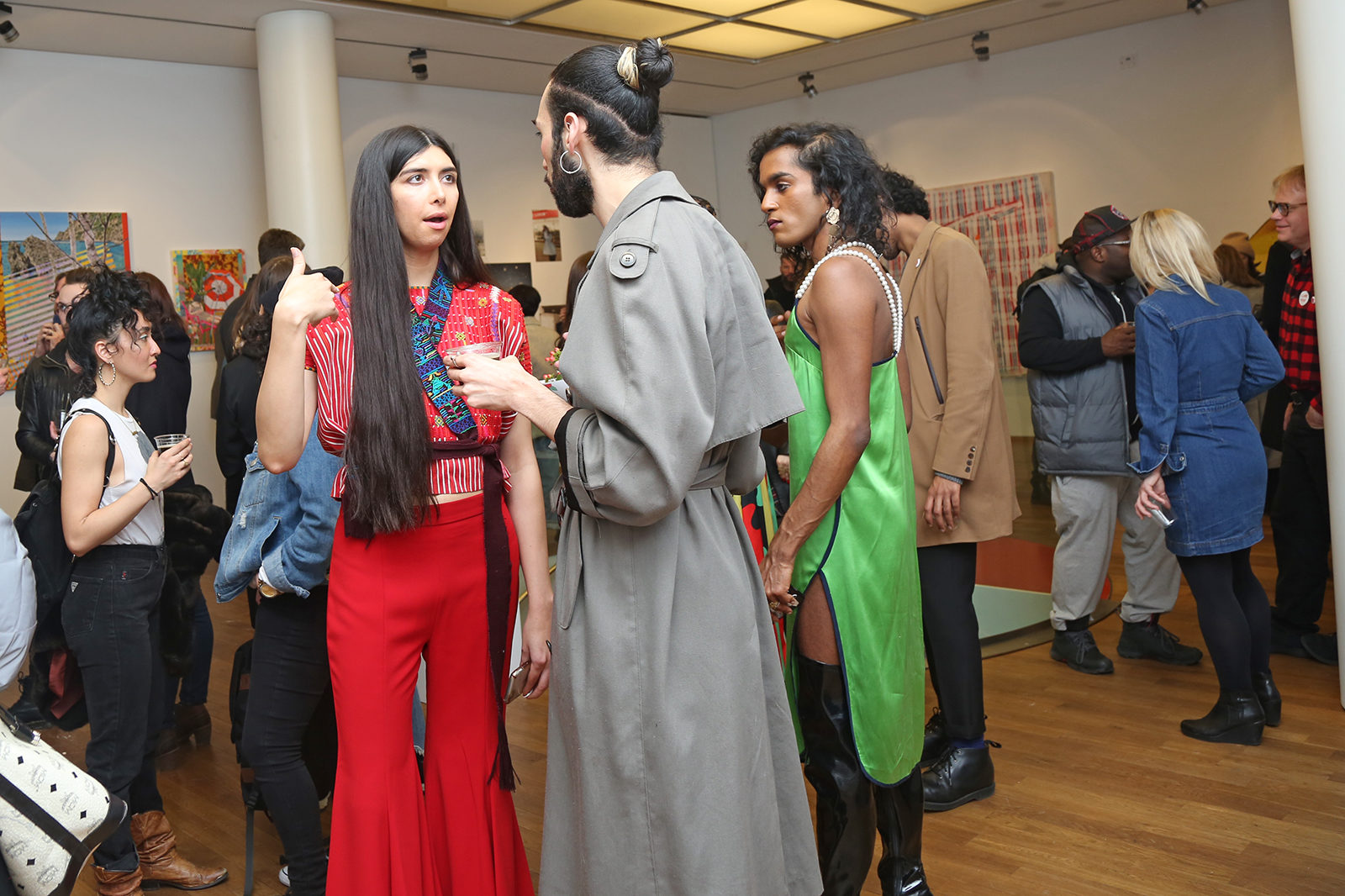
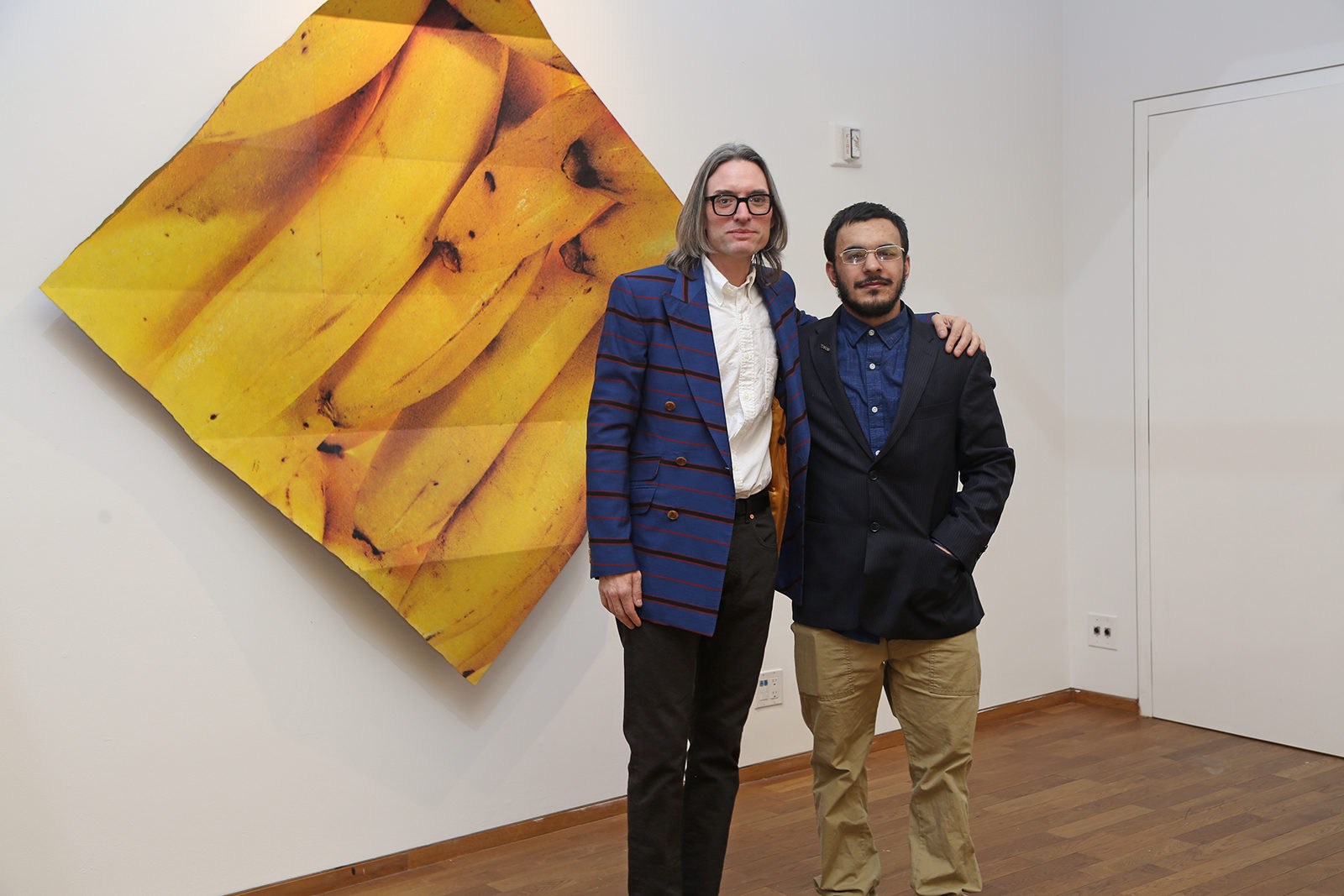

ANTONIA MARSH (curates Grace Ahlbom)
| MUSE MUSE was put together to show a selection of works from a unique array of voices. What were your considerations in choosing an artist and works to include in response to the prompt?
Grace and I are working together on an exhibition and book in London at the moment, so she felt like a natural suggestion. Misfit Cement Block gets me thinking about identity and masking––like the misfit mask––and it’s inclusion suggests that the two young men in the other portraits could be undergoing a similar self-masking or un-masking. The properties of cement as a material are also “masculine” and to carve into it unearths its own load of associations with art history. Carving into cement as a cheap material instead of marble…What does this suggest about these two boys who themselves pose very regally / sculpturally. “Gabriel” looks like he’s in a contrapposto pose which reminds me of Renaissance sculpture but of course that was all about latent homoeroticism which therefore adds that complexity into the mix. How did you discover Grace’s work? What drew you to it? I spied Grace’s work for the first time through Ryan McGinley’s instagram. He posted a photo from an exhibition of hers and I couldn’t get over it. The install was so smart and well-thought out, it’s rare to see an artist pay that much attention to how their work is presented curatorially. As a full-time curator myself, that drew me to it immediately. What is your experience of the relationship between artist and curator? How did you work together to put this show together? Typically, I work very closely with my artists and the relationship is totally symbiotic. It’s an exchange of ideas and a collaboration in some senses. |


